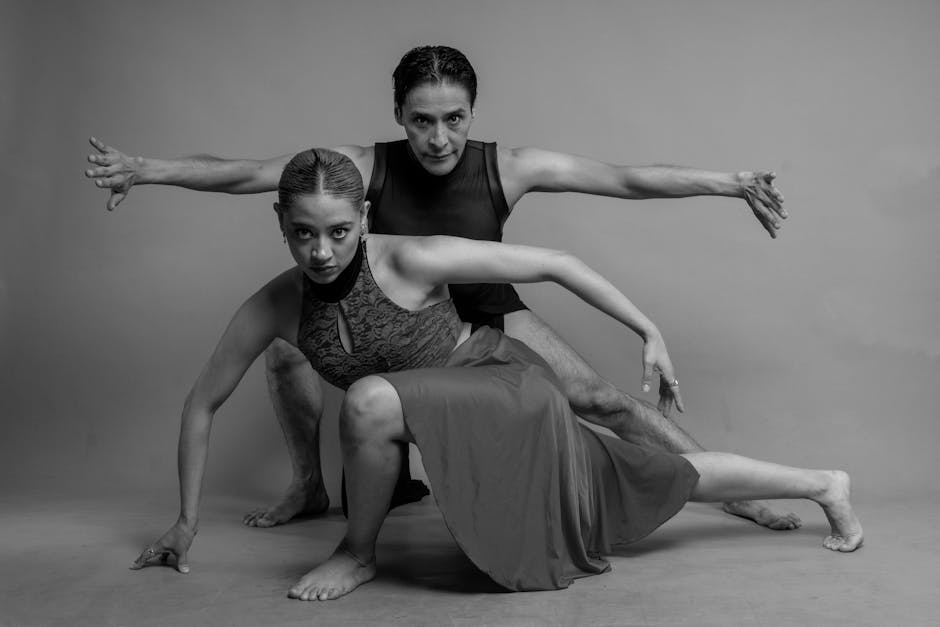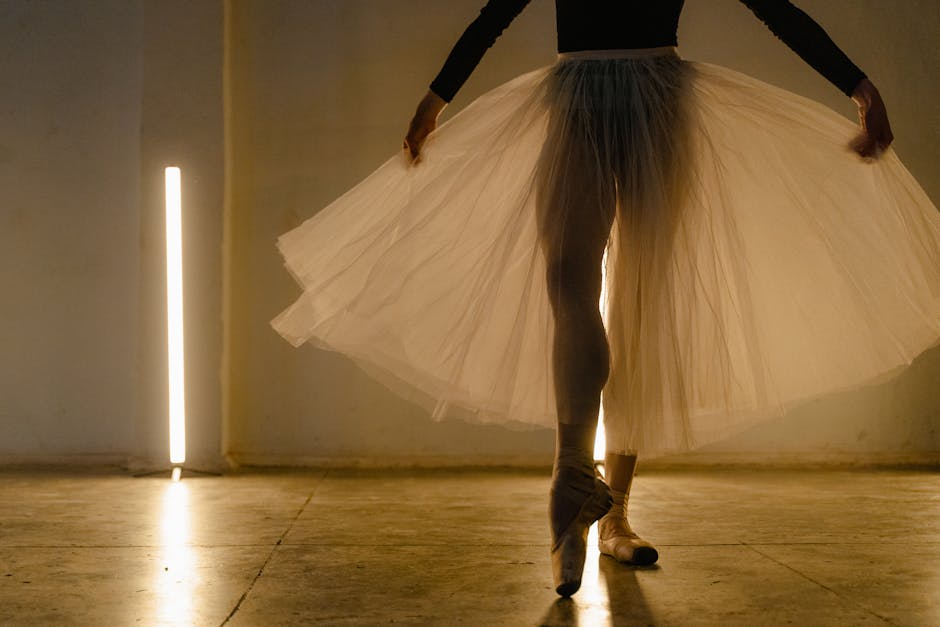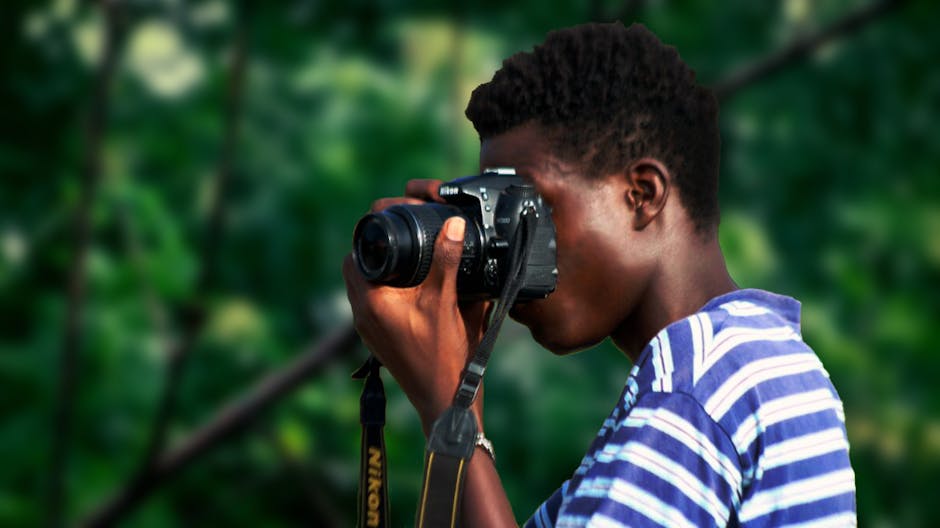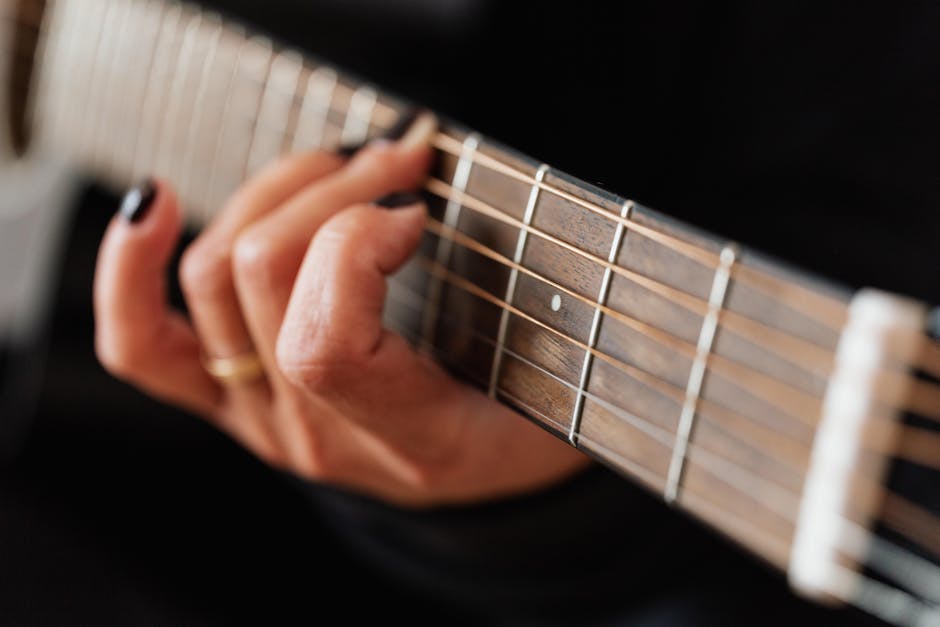The Art of Balancing Technique and Emotion
Have you ever watched a musician play a beautiful piece and wondered what makes it so moving? it’s not just the notes they play. It’s the balance between technique and emotion. In any art form, whether it’s music, painting, writing, or even dance, this balance is key. But how do artists achieve it? Lets dive into the art of balancing technique and emotion, exploring how to bring your work to life.
Why Is This Balance Important?

Balancing technique and emotion matters because it makes art relatable. Think about your favorite song. It might be catchy, but what really hooks you is the emotion behind the lyrics and melody. The same goes for a gripping novel or a stunning painting. Without emotion, technique can feel cold and lifeless.
Research shows that emotional engagement can enhance creativity. According to a study by the University of California, artists who connect emotionally with their work often produce more compelling pieces. This connection can inspire others and create lasting impressions.
What Does Technique Mean in Art?

Technique refers to the skills and methods an artist uses. This includes:
- Brush strokes in painting.
- Chord progressions in music.
- Sentence structure in writing.
Mastering technique takes time and practice. For example, a classical pianist spends years perfecting their finger placement and timing. This foundation allows them to play more complex pieces effortlessly.
What Does Emotion Bring to the Table?

Emotion adds depth and meaning. it’s what makes an audience feel something. When an artist pours their feelings into their work, it resonates with others. Think of a powerful film scene. The actors emotional delivery can make you cry or laugh, regardless of how well they deliver their lines.
How Do You Find the Right Balance?

Finding the right balance between technique and emotion is a journey. Here are some practical steps to help you along the way:
1. Start with Technique
Before you can express emotion, you need to master your craft. Focus on learning the technical aspects first. Take classes, practice regularly, and seek feedback. This foundation will give you the confidence to express your feelings.
2. Reflect on Your Emotions
What do you want to convey? Spend time reflecting on your feelings. Try journaling or meditating to tap into your inner thoughts. Understanding your emotions will help you express them more authentically in your work.
3. Experiment and Combine
Once you have a handle on technique and your emotions, start experimenting. Try combining the two. Play a piece of music with your own emotional twist. Add personal experiences to your writing. This often leads to unique and powerful results.
4. Seek Feedback
don’t be afraid to share your work. Get feedback from trusted friends or mentors. They can help you see if youve struck the right balance. Sometimes, an outside perspective can highlight areas for improvement.
Can You Overdo Either Technique or Emotion?
Yes, overdoing either side can weaken your work. Heres how:
- Too Much Technique: You might lose the emotional connection. The audience may appreciate your skill but feel detached. Think of a perfectly played song that feels robotic.
- Too Much Emotion: If you focus solely on emotion, your work might lack structure. It could become chaotic, making it hard for the audience to follow. Imagine a story filled with feelings but no clear plot.
What Can You Learn from Other Artists?
Many artists have successfully balanced technique and emotion. Lets look at a few examples.
Musicians
Take a listen to Adele. Her powerful voice combined with heartfelt lyrics creates a deep emotional experience. But behind that emotion is her incredible vocal technique. She knows how to control her voice, hitting every note perfectly.
Writers
Consider Maya Angelou. Her poetry is rich in emotion, yet her use of language shows her technical skills. She knows how to choose words that evoke feeling while maintaining strong rhythm and structure.
Visual Artists
Vincent van Gogh struggled with his emotions, and it showed in his art. His technique, particularly his brush strokes and color choices, reflected his inner turmoil. This connection makes his work profoundly emotional. People connect with his struggles through his art.
How Do You Develop Your Unique Style?
Developing a unique style is about blending technique and emotion into something that feels true to you. Here are some tips:
- Explore different techniques until you find what feels comfortable.
- Draw from personal experiences to inject emotion into your work.
- Don’t be afraid to break the rules once you understand them.
Your unique style will emerge when you fuse what youve learned with your emotional experiences. Embrace this process; it’s all part of the journey.
What Are Some Common Misconceptions?
Many people believe that technique and emotion are separate. They think you can either be a skilled technician or an emotional artist. This isn’t true. Both aspects can coexist and enhance each other.
Another misconception is that you need to master technique before expressing emotion. While a strong foundation is essential, you can explore emotions as you develop your skills. This exploration can lead to exciting breakthroughs.
How Can You Grow as an Artist?
Growing as an artist requires continual learning and self-reflection. Here are some actionable takeaways:
- Practice regularly to improve your technique.
- Keep a journal to track your emotions and ideas.
- Engage with other artists for inspiration and feedback.
- don’t shy away from vulnerability; it can lead to powerful art.
Conclusion
Balancing technique and emotion is an ongoing journey for any artist. By mastering your craft while staying true to your feelings, you can create art that resonates deeply with others. Remember, it’s not just about the skills you possess but how you infuse your unique emotional voice into your work. Start experimenting today, and let your art speak!
For more on emotional engagement in art, check out this article from Psychology Today.



